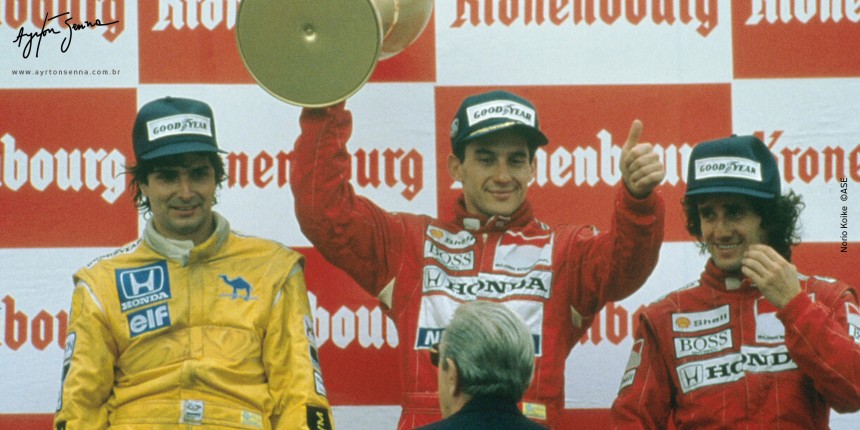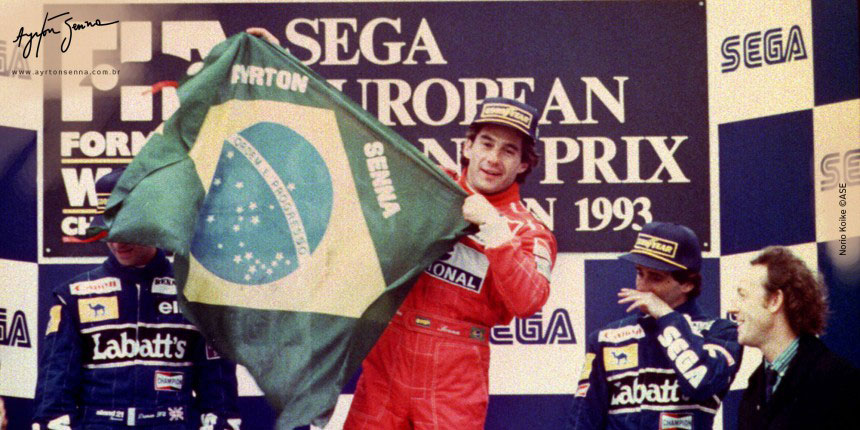The Hungarian Grand Prix marked a historic moment in global motorsport: McLaren’s 200th Formula 1 win. The team is now the second most successful in F1 history, trailing only the legendary Ferrari.
Lando Norris’s victory also marked the team’s fourth consecutive 1-2 finish, with teammate Oscar Piastri crossing the line in second place – matching a record set during McLaren’s golden era in 1988, with Ayrton Senna and Alain Prost.
The 200-win milestone also brought renewed attention to a record that still stands today: Ayrton Senna remains McLaren’s most successful driver, responsible for 35 of those victories. He surpasses other world champions like Alain Prost (30), Lewis Hamilton (21), and Mika Häkkinen (20).

After a promising rookie season with Toleman in 1984 and three race-winning years with Lotus (1985, 1986, and 1987), Senna joined McLaren in 1988—the top team in F1 at the time—partnering with Alain Prost, who had already claimed two world titles with the team in 1985 and 1986.
With what is still regarded as the greatest driver pairing in F1 history, powered by dominant Honda engines, McLaren assembled a “dream team” in 1988. Senna took pole position in his debut race for the team at the Brazilian Grand Prix in Jacarepaguá, but mechanical issues forced him to wait for his first victory — which came just one race later at the San Marino Grand Prix, after securing pole once again.

Senna won eight races in his debut season with McLaren, clinching the 1988 world championship — the first of his three titles with the British team, followed by championships in 1990 and 1991. That third title year also featured one of Senna’s most iconic victories, at Interlagos, where he triumphed at home for the first time, finishing the race with only sixth gear in the closing laps.
Even in seasons when McLaren’s car was clearly inferior to rivals like Williams — and occasionally Benetton — Senna continued to win races, including in 1992 and 1993. In his final season with McLaren, he delivered some of the most legendary performances of his career, including his breathtaking win at the 1993 European Grand Prix in Donington Park, where he completed what is widely considered “the greatest opening lap in F1 history,” finishing over 1 minute and 20 seconds ahead of Damon Hill and lapping Alain Prost, both driving dominant Williams cars.

Senna’s final race for McLaren was the 1993 Australian Grand Prix, where he signed off with pole position and victory on the streets of Adelaide. The win was immortalized by Tina Turner dedicating her performance of “The Best” to Senna after the race — perhaps the perfect summary of this golden era of Formula 1. More than three decades later, it remains unmatched, a legacy honored once again at the 2025 Hungarian Grand Prix.
Article written for Senna.com by Rodrigo França, from Budapest.

